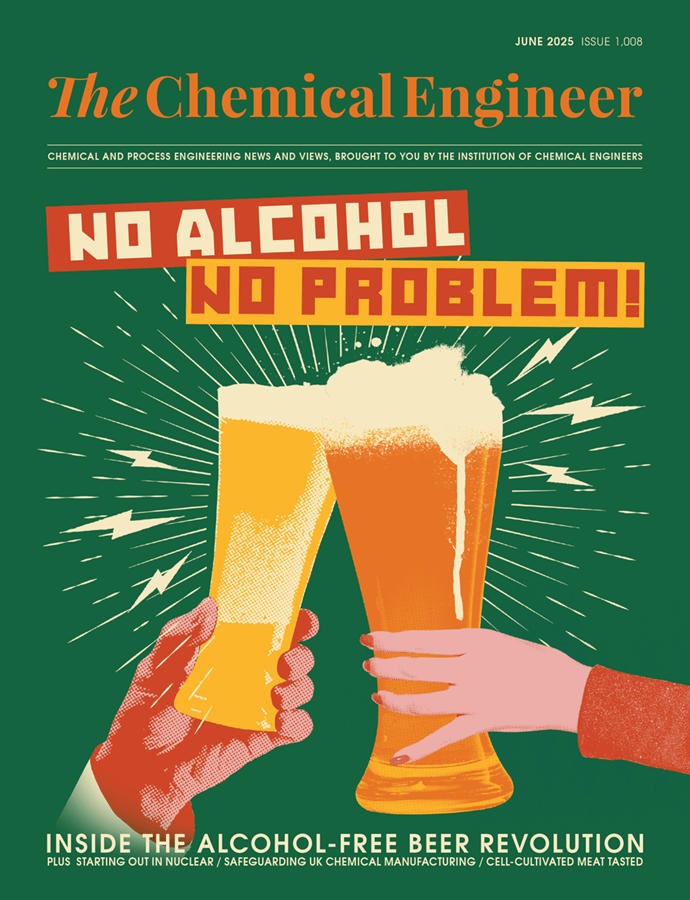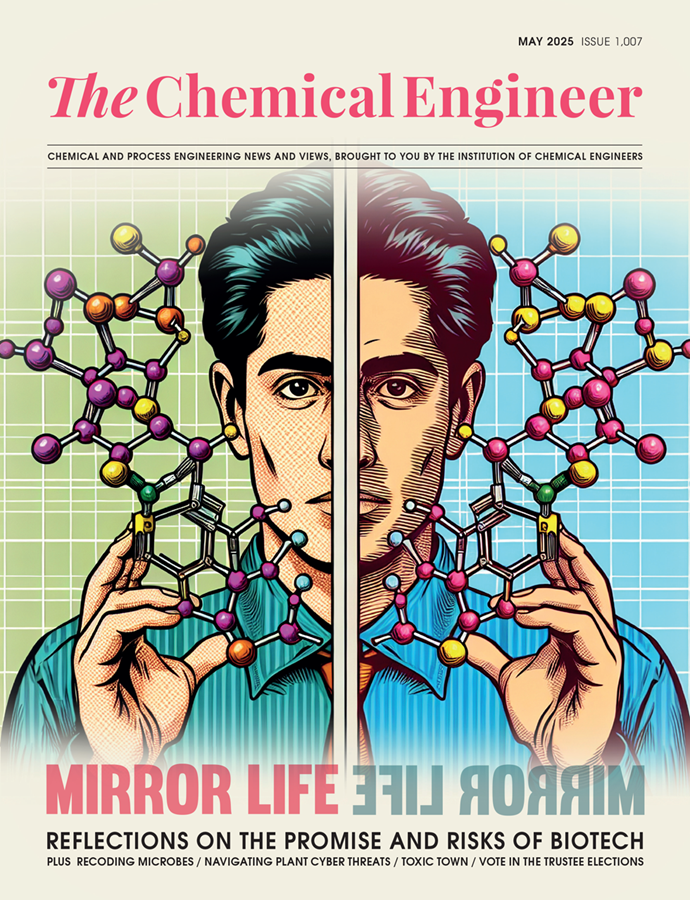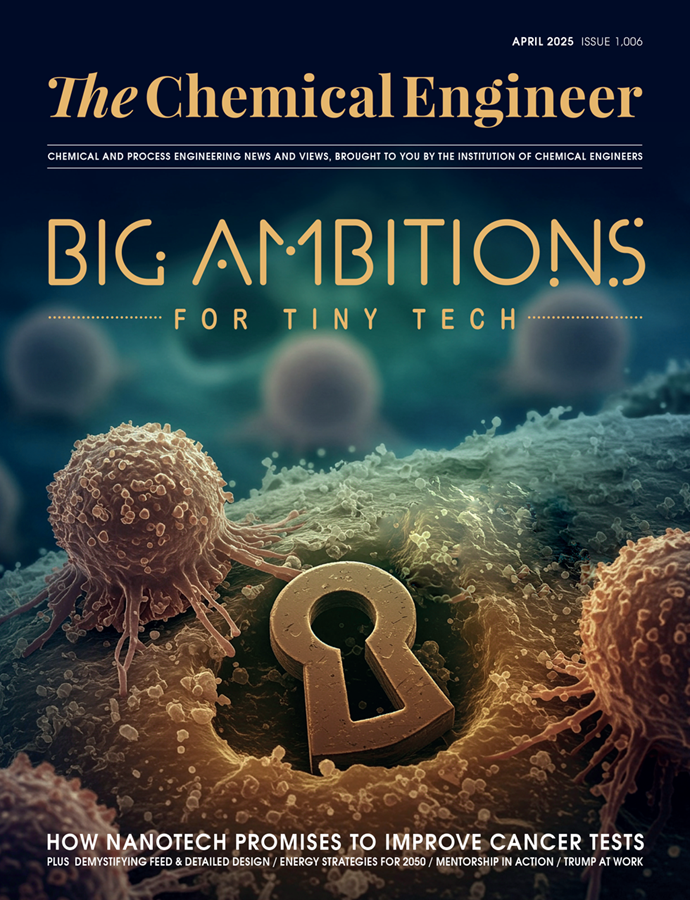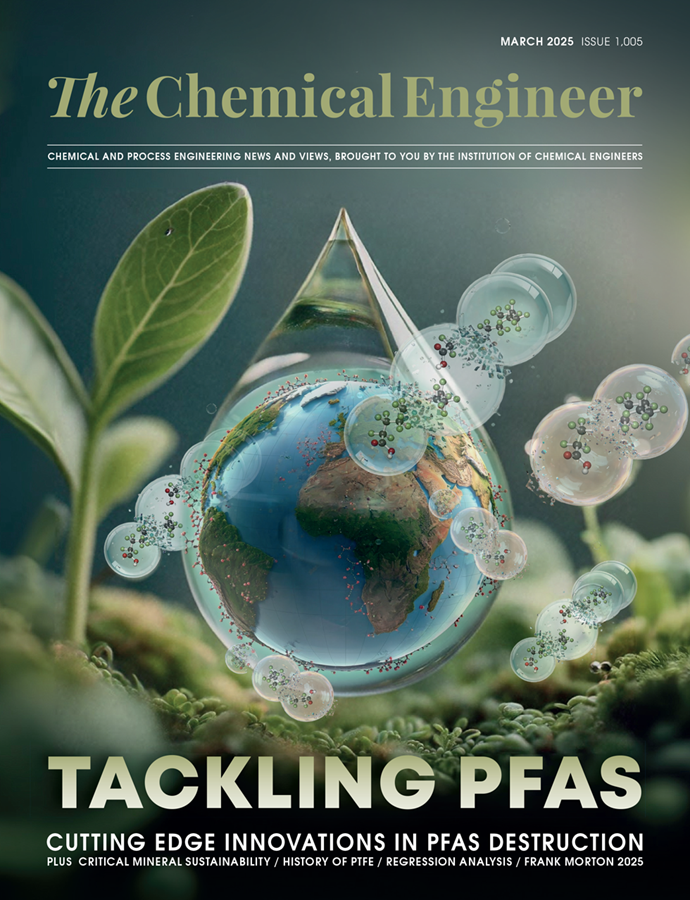Berkeley researchers use AI and 19th century maps to find lost oil and gas wells

RESEARCHERS at the Lawrence Berkeley National Laboratory in California have created a tool that uses artificial intelligence to find undocumented oil and gas wells across the US.
There are thought to be between 300,000 and 800,000 undocumented oil and gas wells across the US. Used before regulations were introduced, many of them are not plugged, leading to concerns of oil and methane leaks into the water and atmosphere.
The study, published in Environmental Science & Technology, used AI to analyse maps of the US dating as far back as 1884 that included locations of oil and gas wells long out of operation. Fabio Ciulla, the paper’s lead author, said the study was a “beautiful mix of the old and the new”.
Since 2011, the US Geological Survey has uploaded 190,000 digital scans of maps drawn between 1884 and 2006. Identifying a single oil or gas well from a map is straightforward as it is typically marked by an obvious symbol.
Nevertheless, Charuleka Varadharajan, a co-author on the study, described the challenge as “equivalent to finding a needle in a haystack, since we are trying to find a few unknown wells that are scattered in the midst of many more documented wells”.
The Berkeley team trained an AI programme to recognise an oil or gas well symbol on any map, regardless of the condition. Their programme then provided coordinates of each well, which were verified using satellite images.
They used the tool to search for wells in the Los Angeles and Kern counties in California and the Osage and Oklahoma counties in Oklahoma state – four counties known for early oil production. They found more than 1,000 undocumented wells, although so far only 29 have been manually verified. They hope to use drones in future projects to speed up verification.
Old meets new
Ciulla said the study showed that AI’s information gathering capabilities were not just limited to cutting edge data: “While AI is a contemporary and rapidly evolving technology, it should not be exclusively associated with modern data sources.
“It’s a beautiful mix of the old and new, and I’m fascinated that maps, something that seems so old-fashioned and static, can give us so much useful information if correctly used with the help of current technology.”
The team believe the new AI tool will make the process more streamlined and scalable to a national level.
Craig Walker, director of Osage Nation Natural Resources, praised their collaboration with the Berkeley team as “mutually beneficial and productive”, adding that “utilising AI and state-of-the-art detection equipment has filled data gaps in records and led to the discovery of some undocumented wells in the area.”
Recent Editions
Catch up on the latest news, views and jobs from The Chemical Engineer. Below are the four latest issues. View a wider selection of the archive from within the Magazine section of this site.






